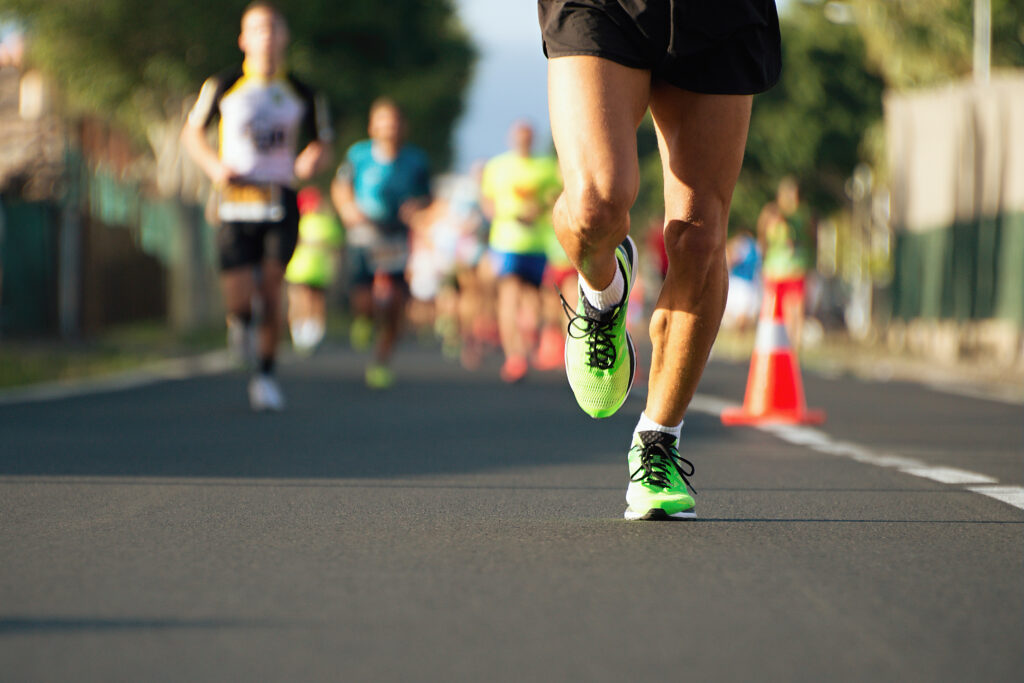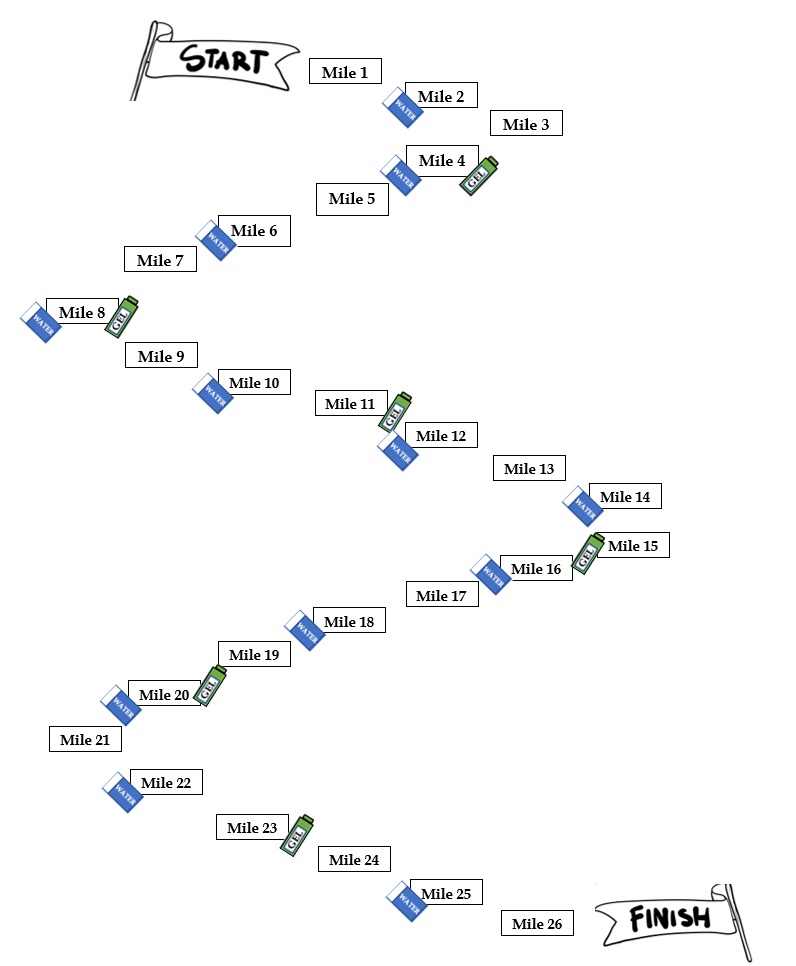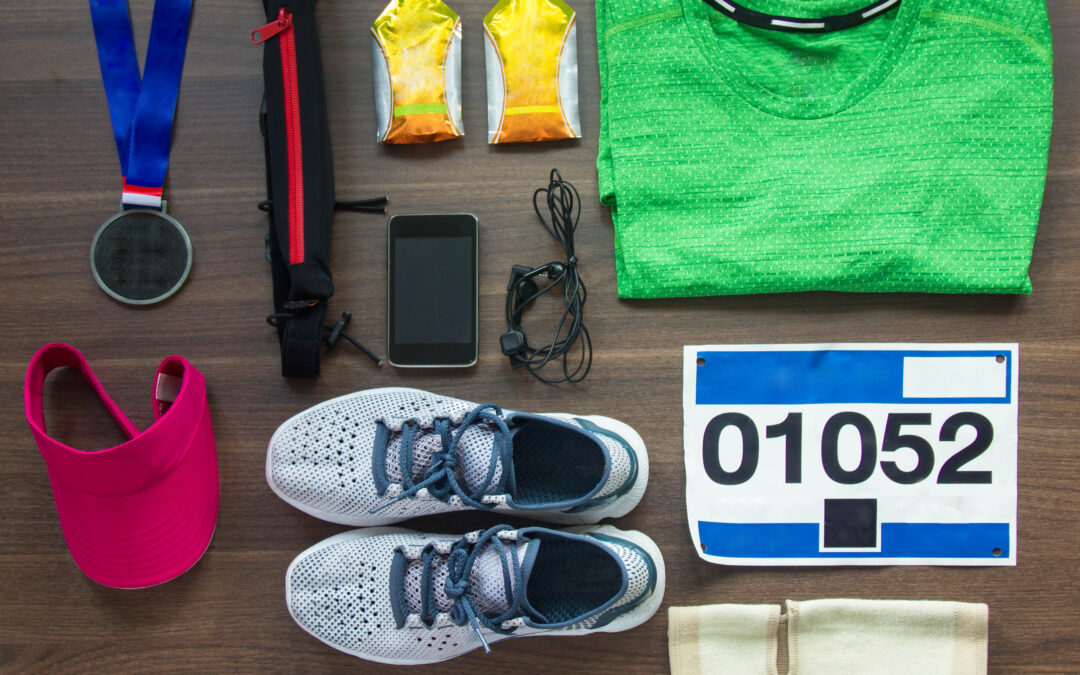Race season is approaching. If you have signed up for a spring race, you’re probably a couple of weeks into your training. Training for races might mean waking up early to get some miles in before work. It could mean cross training at the gym on the stationary bike. But did you also know that part of the preparation is also training your gut? If you’re in training, it’s important to develop a race day fueling strategy.
Training Your Gut for Race Day Fueling
Our gastrointestinal (GI) tract plays an essential part of fueling our bodies for movement. When we increase our physical activity, our intake should also increase to meet the energy demands. We need to train our gut to be able to handle and adapt to the increase of this energy intake. Depending on the length of the race, we need to train our gut to continue the fueling process throughout the race.
It’s important to practice your fueling strategy before race day to allow your body time to adjust. When we are engaging in exercise, our heart pumps oxygen-rich blood to our working muscles. This causes a lack of blood flow to our GI tract when we are running, cycling, or engaging in exercise. It’s more difficult to digest while exercising because the limited blood flow to our GI tract hinders nutrient absorption. These nutrients are important for sustaining our pace and intensity throughout the race.
By practicing your fueling strategy during training, we allow our body to learn to absorb the nutrients it needs. That is why “nothing new on race day” includes nutrition! You could slow down or take a 10 second break during each fueling stop to allow your GI tract time to digest.

Planning for Race Day Fueling
For 5K and 10K races, we generally do not need to plan for fueling during the race. For longer distances like half-marathons, marathons, triathlons, half Iron Mans, and Iron Mans, we need to develop a fueling strategy. Fueling strategies should be individualized and discussed thoroughly with your dietitian. A general rule of thumb is to consume 30-90 grams of easily digestible carbohydrates for each hour of endurance exercise after the first hour. Many sports gels contain approximately 15-30 grams of carbohydrates with electrolytes, so they are great options for fueling during races.
Planning for Race Day Hydration
Fluids and electrolytes should also be included in the personalized fueling strategy that you develop with your dietitian. The general recommendation is to drink 6-12 ounces of fluids with electrolytes every 15 minutes during endurance events. Most courses plan water/Gatorade stations based on this standard, so you may have your fluids and electrolytes already laid out for you.
Final Thoughts
Each person has different needs and should have their personalized fueling strategy developed with a dietitian. The dietitian will consider the race distance, environmental conditions, and specific energy needs when making your race day plan. Make an appointment with one of our certified sports dietitians today.
If you want to see what a fueling strategy looks like, check out the mock marathon fueling strategy below. This is for a someone running for 3 hours and 30 minutes at a pace of 8 minutes per mile.


